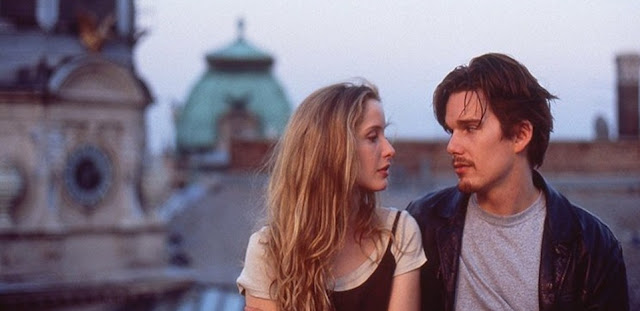Jorasanko by Aruna Chakravarti
I first heard of this novel in a BooksOnToast show on their YouTube channel. And I'm so glad I did.
Spanning four generations of Tagore (Thakur) family in Bengal, from 1823 to 1902, this book is a very unique experience. It is especially the life stories of the daughters-in-law and the daughters of the Tagore family - their world and their perspectives.
There's the din and bustle of a joint family household, where the everyday chores are an elaborate affair, and I could relate to it all. A palatial mansion which was home to the little child brides from their pre teen years till their death. They almost lived their entire lives here. Difficult to imagine. Aruna Chakravarti brings alive the era, the inception of the Brahmos, the new religion, the changing laws of the land, and the various members of the Tagore family who influenced the Bengali culture and tradition a great deal with their written word. Satyendranath who wrote plays to be enacted for the public, Swarnakumari who was the first female writer from Bengal to earn a nationwide acclaim for her novels, and Rabindranath who is immortalized through his poetry and fiction. Their travels to England, widening perspectives, and unheard of experiences in a foreign land.
Jnanadanandini - the transformation of the child bride Genu with a gap tooth, to a woman having a mind of her own: tastes, ideas, and opinion of her own, and to a tough lady difficult to go against, who was feared yet respected. Kadambari - her lonesome existence, and the melancholy. The poet hidden within. Such a loss. The inspiration and muse of Rabindranath.
And Mrinalini - Rabindranath's wife and the altruistic woman. Why is it that sacrifice and surrender was ingrained in those women, I wonder reading about their lives.
The novel evokes a lot of emotions. Anger on the injustice by patriarchal system- the society. The hypocrisy of the Brahmo rules and protests for a progressive society, when in family it was not upheld. Sadness and pain for the women, who being 13-16 years younger to their husbands, could not find a companion to share their hearts' missives, were treated not as life partners but as necessary duties, their only purpose in the house being childbirth and routine chores, while the men sought pleasures of a stimulating conversation, argument, discussion and debate elsewhere. Their world was completely different from their wives'.
So grateful to come across this work. So much research must have gone into it. 405 pages. It's an immersive read.
This post is a part of Blogchatter Half Marathon 2023.









Comments
Post a Comment